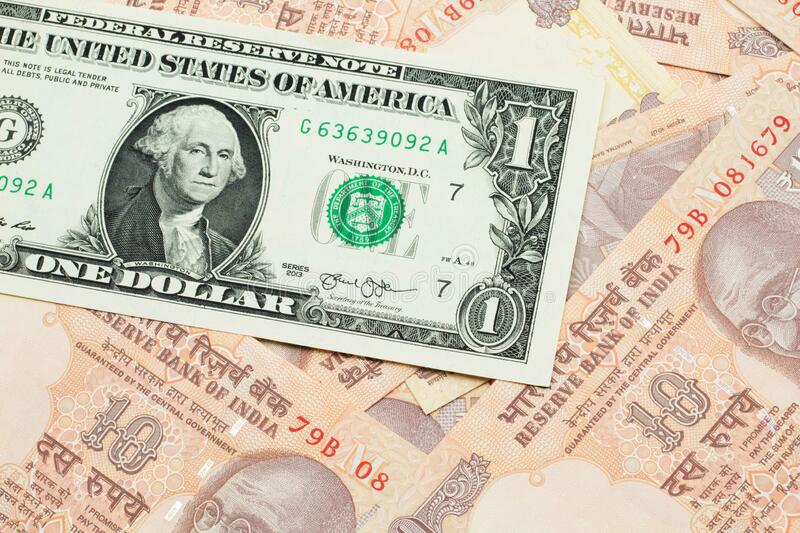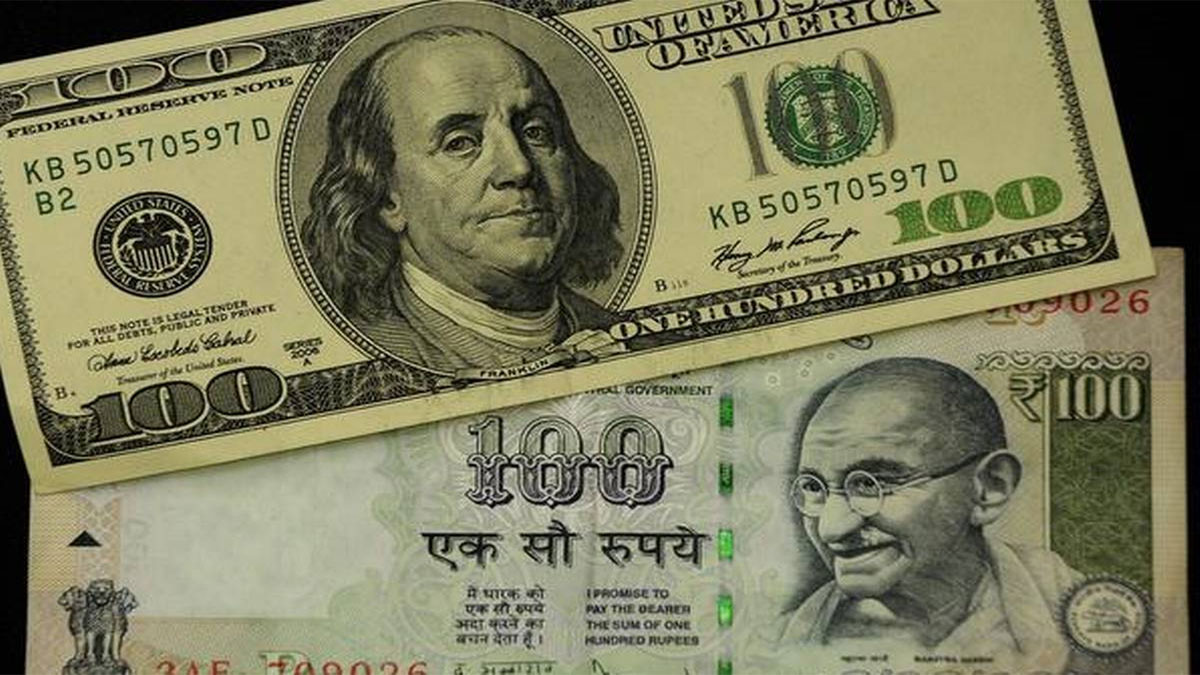With a strong loss of nearly 1.00% in May, the Indian Rupee underwent severe weakening and came under pressure. It’s interesting that this reduction took place despite the mind-blowing $5 billion in inflows. This begs the question of whether the INR could be impacted by the present downturn in Asian currencies. Let’s look at the contributing causes to this issue to get a better idea.
The Asian currencies have experienced a significant decline in value relative to the US dollar, as shown in the table. Global risk aversion has caused it to weaken by an average of over 1.83%. As the US Fed continued to be hawkish relative to the Asian central banks, the carry trade’s appeal decreased as the interest rate differential shrank.
As investors questioned the sustainability of China’s economic recovery, other currencies like the Malaysian ringgit and Thai baht also lost value, reflecting the Yuan’s weakening. As a result, India this month received large FII investments totaling more than $5 billion. The India Rupee, however, suffered less harm as a result of FII flows transferring from China to India as a result of future growth prospects.
However, investors are becoming more interested in India as a potential replacement for China. India has become an attractive location for foreign capital inflows due to its stable geopolitics, strong domestic fundamentals, well-managed currency, and declining India risk premium. Given its favorable conditions compared to China, investors are concentrating more on the potential in India.
The Rupee is constrained by the RBI regulating the currency and the combination of poor global fundamentals and a bright home outlook. The depreciation of Asian currencies is likely to put some pressure on it in the near future. The rupee will be under pressure to keep its competitive position in terms of export pricing if the Chinese currency declines.
Even if the exchange rate is unchanged, a falling CNYINR rate may increase the profitability of Chinese imports, pushing up deficits over time even if the exchange rate is fixed. As FII and FDI flows are anticipated to stay stronger in the upcoming days, the rate of depreciation would be slower than forecast. A one-way direction will also be protected by the RBI’s action between 82.80 and 83.00 levels.

